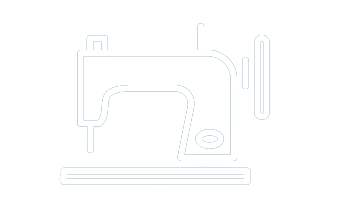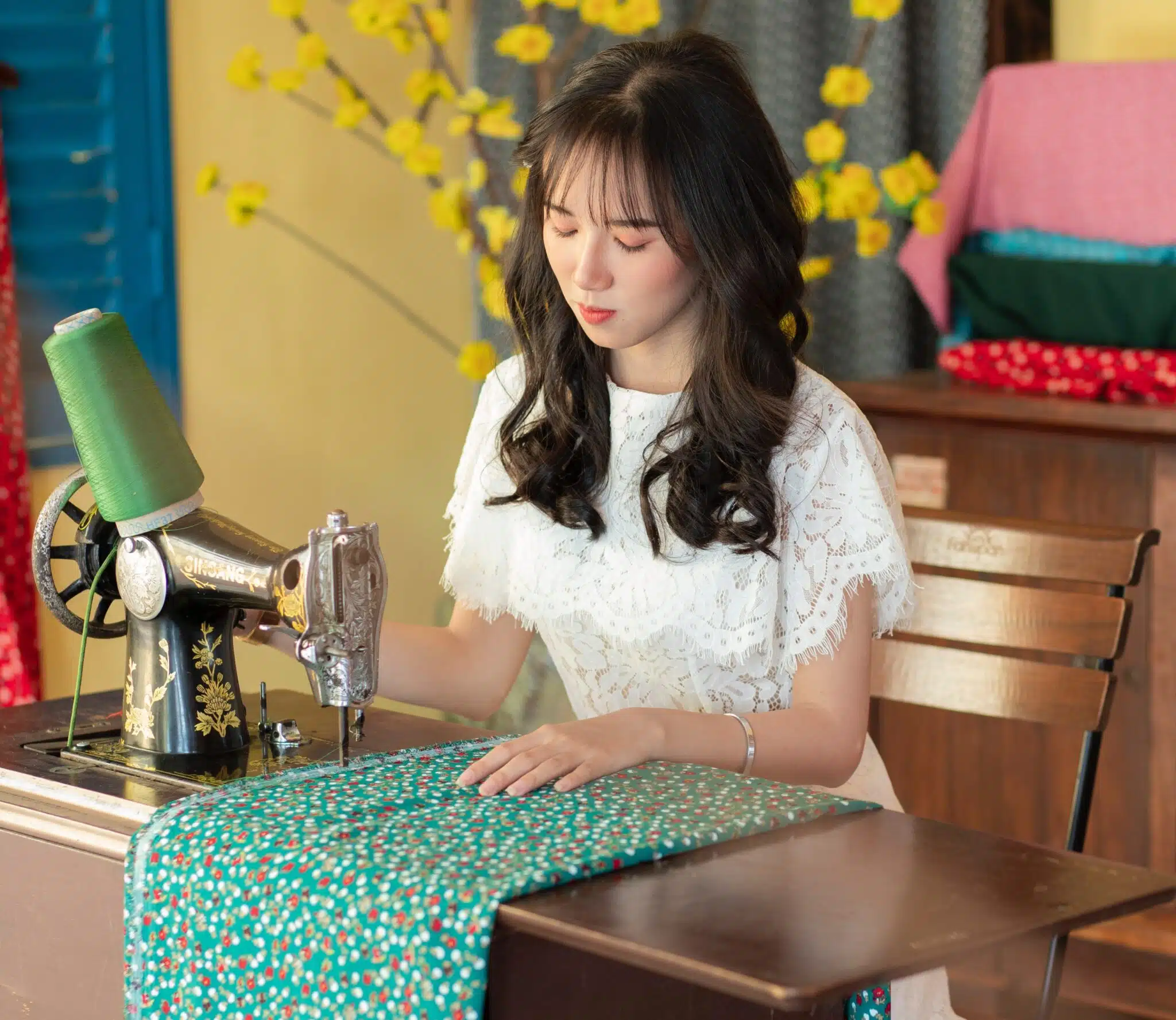DO YOU WANT TO KNOW What Is A Mechanical Sewing Machine?
Are you looking for a reliable mechanical sewing machine that can help you tackle your crafting projects with ease? If so, then you’ve come to the right place. Mechanical sewing machines are a great choice for beginner sewers, as they are incredibly easy to use and maintain. For those who want a reliable machine that can handle a variety of projects, a mechanical sewing machine is a way to go. From basic stitches to intricate detailing, a mechanical sewing machine can take your project to the next level with its durable construction and advanced features.
Mechanical sewing machines are a great choice for all levels of sewers, from beginners to professionals, and can help you take your skills to the next level. After read this article you will have the proper information that What Is A Mechanical Sewing Machine?
1. Introduction
If you are in the market for a sewing machine, you may have come across mechanical sewing machines. A mechanical sewing machine is a device that uses a needle and thread to create a seam or stitch in fabric or other materials. Mechanical sewing machines are powered by either a hand crank or an electric motor, and are capable of a wide variety of stitches, from simple to ornate. These machines are designed to help you easily and quickly sew fabrics together. What Is A Mechanical Sewing Machine?
How does a mechanical sewing machine work?
Using a mechanical sewing machine is an easy and enjoyable way to stitch fabrics together. Here’s what you need to know before you begin:
1. Start by plugging the machine into a wall outlet.
2. Raise the presser foot.
3. Put your fabric on the sewing machine.
4. Wind the bobbin by pressing the bobbin winder, then pressing the reverse lever.
5. Put the bobbin in its holder, thread the needle, and set the stitch type and size according to the material.
6. Press the foot pedal to lower the needle and sew in a straight line, then use the reverse lever for back stitching at the beginning and end of a seam.
7. Change stitch settings if necessary and practice your pattern on a piece of scrap fabric.
8. Use scissors or an automated knife to cut the thread, then take the fabric off the sewing machine.
9. Remember to turn the machine off when you’re done and to check the power cord is not overheated or frayed before you start sewing.
Advantages of Using a Mechanical Sewing Machine
Mechanical sewing machines offer a range of advantages over hand sewing that make them essential for many sewing projects.
- They are much faster than hand sewing
- Can sew complex stitches in a fraction of the time.
- Mechanical sewing machines are much more precise than hand sewing and can create intricate patterns with ease.
- They often come with a range of accessories that make them even more versatile and easier to use.
- They require less maintenance than electronic sewing machines
- Are often more affordable to purchase
- Can handle more fabric weight and thickness than many electronic machines.
Types of mechanical sewing machine
There are several types of mechanical sewing machines.
- Straight stitch sewing machine is equipped with a simple stitch pattern
- Zig-zag machine, which offers a variety of stitch patterns and can create both straight and zig-zag stitching.
- Industrial machines are designed to sew heavy and sturdy fabrics and provide additional power.
Choosing the Right Mechanical Sewing Machine
Choosing the right mechanical sewing machine can be a daunting task. When selecting a sewing machine, one must think about a few essential factors.
- First, assess the projects you will be working on. Sewing machines vary greatly in the features they offer. It is important to find a machine that will meet your specific needs and the skill level of the user.
- Second, consider the type of stitches you need the machine to produce. The more complex a stitch, the more complicated the machine must be to make the desired result.
- Decide on the price range of the machine. Different models vary in price, so it is important to know if a sewing machine is fitting in your budget.
- Be sure to take into account any additional accessories or attachments you might need to purchase separately, such as presser feet, bobbin cases, and feed dogs.
- Before making a purchase, make sure you try out the machine to get a feel for the quality and to test how easy the machine is to use.
And there you have it – a quick and easy guide to using a mechanical sewing machine. hope now you know What Is A Mechanical Sewing Machine? Have fun sewing!

